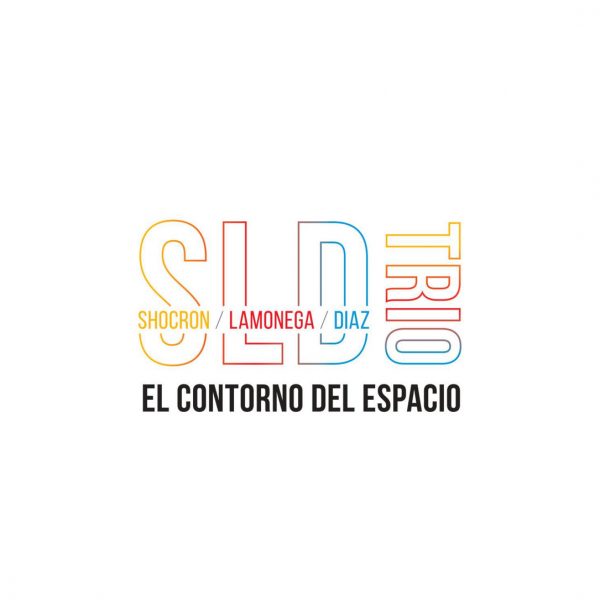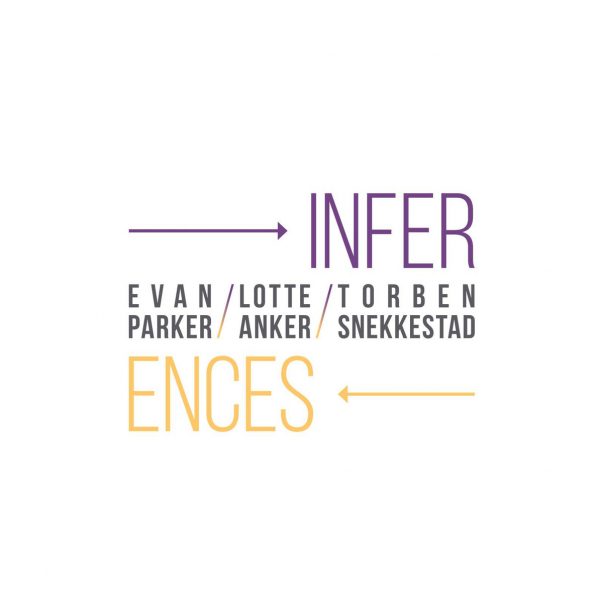There are many layers of dialogue to this music, many Diálogos. Obviously the music itself constitutes a dialogue among the artists, and between a clarinet, a piano, and percussion. And the fourteen improvisations carry on a dialogue among themselves. But some other layers of dialogue seem worth mentioning.
What does it mean that two talented and intrepid Argentine musicians in their 30s, who often incorporate dance, sculpture, and experimentation in their work—Paula Shocron and Pablo Díaz—have pushed themselves and travelled a great distance with no commercial or institutional support, and sought out Guillermo Gregorio, a man who provided a significant if not widely noted chapter to the art history of Argentina, and then left the country before they were even born?
Well-known to fans of contemporary/improvised music in the northern hemisphere since the 1990s, in the late-1960s Gregorio was one of the founders of the countercultural Movimiento Música Más, an Argentinian multi-media art movement that paralleled, but was independent of, what was known as Fluxus. Identifying a collective need for openness, humor, and fresh approaches to culture and politics in a calcifying political climate that would soon harden into the brutality of the mid-1970s (aided and abetted by the USA—look up “Operation Condor” if you don’t know what I’m talking about), the MMM staged aesthetic interventions in public spaces often using unsuspecting observers. Subversive, surreal, iconoclastic art isn’t generally appreciated by authoritarian regimes and before long external pressures were too much and the MMM dissolved. Gregorio eventually made his way to Europe, and then—ironically given its role in Argentina—the United States.
Shocron and Díaz came of age in a different Buenos Aires in the 1990s and 2000s and were able to study music and become accomplished jazz musicians. Shocron was identified early by the established Buenos Aires classical and jazz infrastructure as a piano prodigy and virtuoso and kicked off the early part of her career making half a dozen cds in a mainstream jazz mode and receiving attention and support. Despite the „success” she found herself feeling empty and unsatisfied. Around 2011 she had an epiphany and began to take the reins of her art and life in new ways, centering on a search for forms of music-making an expression which felt complete and honest, and to which she felt deeply connected.
In the endeavor to enact her vision she was joined by Pablo Díaz, an expert player of the drum set, an inventive percussionist who finds new sounds in old materials, and something of an organizer and community activist. Needing external stimulus the two made several trips to New York where they found themselves fitting in nicely with the likes of Cooper-Moore, William Parker, Daniel Carter, Roy Campbell Jr., Ras Moshe Burnett, Matt Lavelle, Hilliard Greene, Stephanie Griffin, and myself. They made several recordings with these musicians on their Nendo Dango label, performed in hospitable venues like Downtown Music Gallery, Muchmore’s, and Soup & Sound, and in 2017 their trio CD with fellow Argentinian bassist German Lamonega, “Tensegridad,” was released on HATology. By 2019 they had also toured in Europe and received a prestigious grant from the Robert D. Bielecki Foundation.
One could write much about Guillermo Gregorio’s tone and intervallic figurations, the way he weaves his voice through the architecture of the piano and drums. Or Paula Shocron’s constantly replenishing imagination and volcanic energy, her humor and brilliance. (Side note: she’s a phenomenal dance improviser and when she can do both piano and dance in a single performance…this may be my favorite—another kind of Diálogo). One could write a lot about Pablo Díaz’ incisive drumming, the deep knowledge of the instrument on display every time he plays, and his curation of materials that generate unforeseen energies and environments (like a new form of weather) for others to move through. This is the music of three wise and very skilled musicians, not delivering an oration, preaching, advertising, not straining their voices, or being reduced to a whisper. It is not political music or music of witness in an overt sense, but given the context, conversing together in a open, relaxed, and imaginative way is itself political. It seems to me that this is part of a dialogue with history, and one hopes the world is listening.
Andrew Drury
Tracklist
Details
Recorded at Scholes St. Studios, New York, on Aug. 2, 2017
Recording engineer: Rene Pierre
Mixed and mastered at Estudio Libres, Buenos Aires, Argentina
Mixing and mastering engineer: Sam Nacht
All compositions by Guillermo Gregorio, Paula Shocron and Pablo Díaz
Liner Note: Andrew Drury
Cover Design: Małgorzata Lipińska
Executive Producer: Maciej Karłowski




